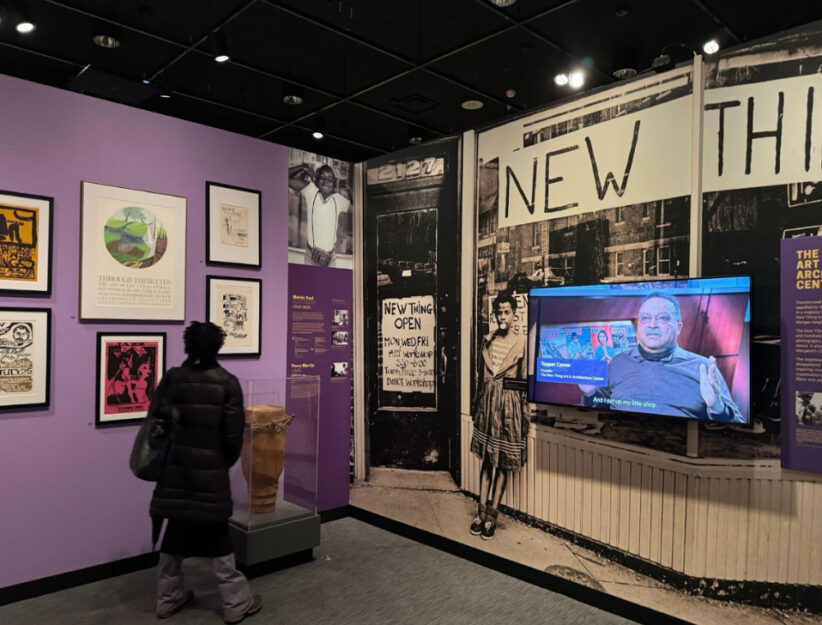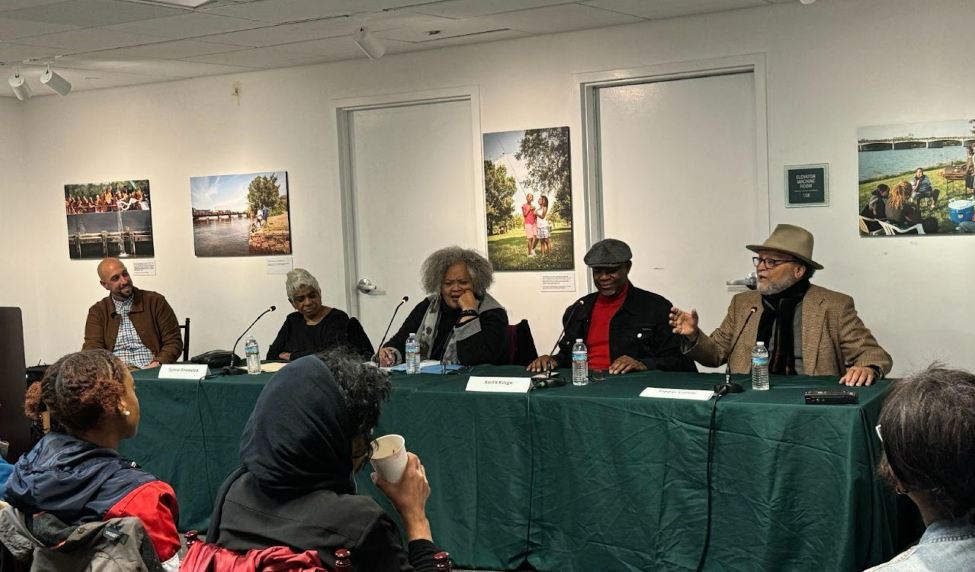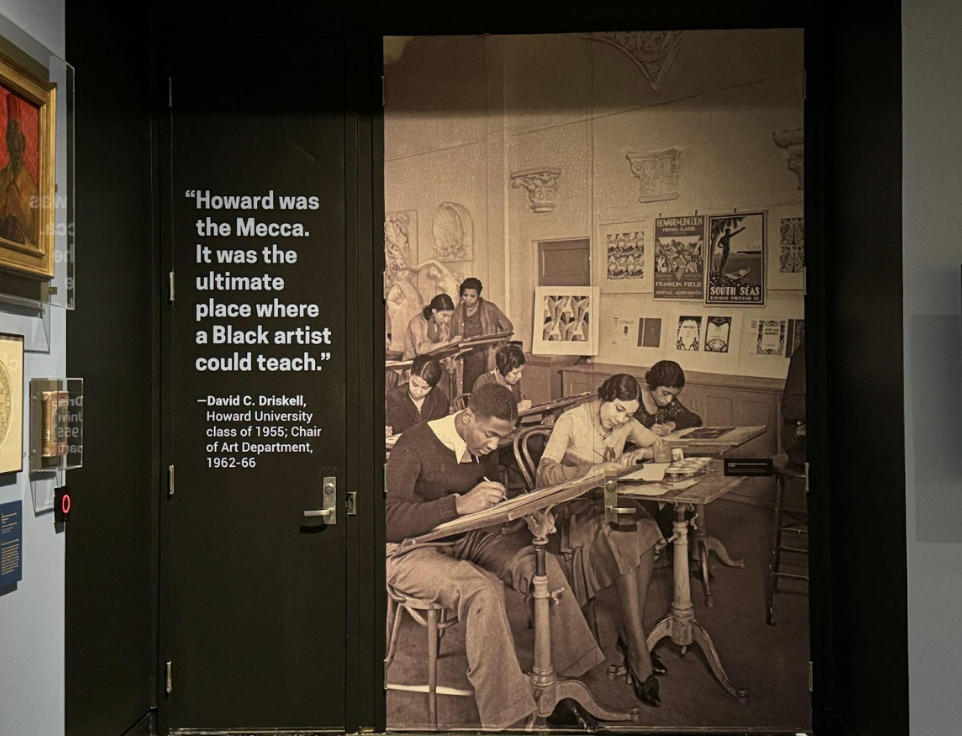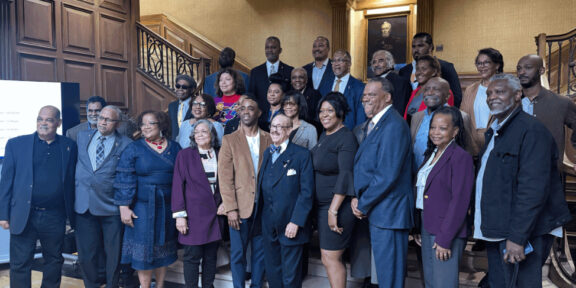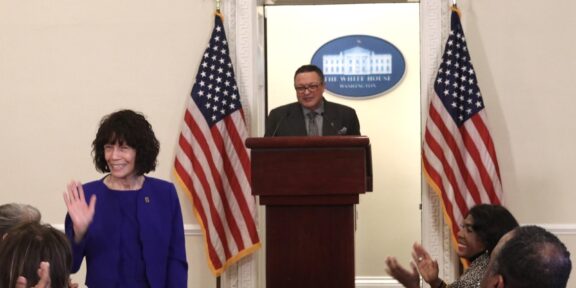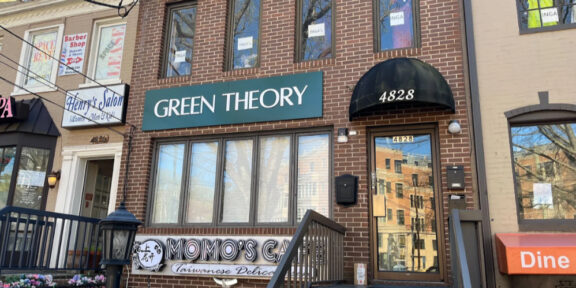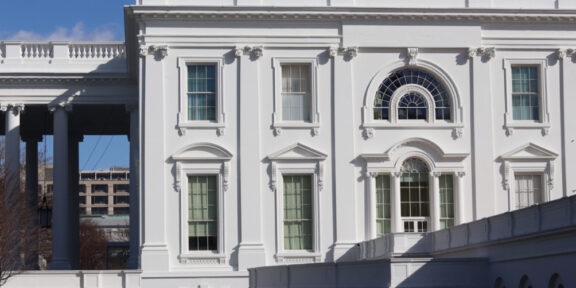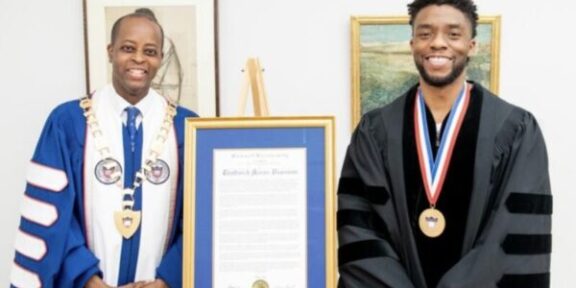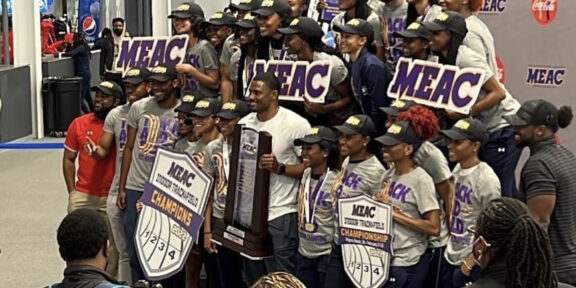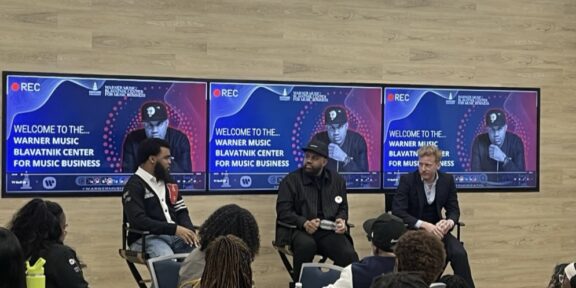By Joy Young
The Smithsonian Anacostia Community Museum debuted its exhibition “A Bold and Beautiful Vision” last Saturday. It focuses on the local educators and institutions that shaped black artists from 1900 to 2000.
The exhibit showcases a century of Black arts education through 85 archival photos and artifacts, exclusive video footage, art, and interactive displays.
The opening ceremony included a panel discussion where Howard arts alums came to reflect on how Howard University inspired and molded their careers.
“I don’t know how many art schools in America or anywhere else that get their students so invested in the art of making art,” said Kinshasha Conwill, Howard alumna and founding director of the National Museum of African American History and Culture. “Every time I come back to campus, my touchstone, my lotus, is the [Howard] Fine Arts building because that is where so much of who I am began.”
According to the museum’s website, D.C. arts educators often had to navigate underfunded schools that had to endure segregation and other hurdles.
However, high schools like Dunbar, Armstrong, and McKinley Tech, and universities like Howard, were still able to provide students with a formal education.
“African American artist-educators in 20th-century Washington were unified not by a singular aesthetic vision but by a bold and deeply held commitment to inspiring a love of the arts in young people,” said a statement in the entryway of the exhibition.
Included in the family-friendly exhibit are prints from one of D.C’s earliest Black-owned art galleries, the Barnett-Aden Gallery, late 1960s silkscreen prints by Lou Stovall, a D.C visual artist, and the paintbrushes and watercolor paint set of educator and painter Alma Thomas.
In the interactive section of the exhibit, there is a Gratitude Garden, an area with markers, stencils, and paper where attendees are encouraged to leave a note to an arts educator who impacted their lives.
There is also a section where guests can listen to music created by black musicians or play with a DJ set and keyboard.
The panel at the opening day of the exhibit, from left to right: Sylvia Snowden, renowned visual artist, Kinshasha Conwill, founding director of the National Museum of African American History and Culture, Keith Killgo, founding member of the jazz-fusion group the Blackbyrds, and Topper Carew, co-creator/producer of the TV show “Martin.” (Joy Young, HU News Service)
Keith Killgo, founding member of the jazz-fusion group the Blackbyrds, reminisced on how long nights of practicing and the rigorous schedule molded his career today.
“The feeling of being on campus is beautiful. It’s being around young Black musicians from all over the United States who brought their own flavor,” he said. The practice room was like your bedroom because that’s sometimes where we slept if we had to spend the night practicing. Still, they taught me a tremendous amount.”
A photo with a quote on display at the exhibit featuring artist and art professor Lois Mailou Jones in her classroom at Howard University, where she taught students for nearly 50 years. (Joy Young, HU News Service)
Maria Baptiste, a French graduate student who attended the event, says that the history of Black arts education in D.C. is refreshing.
“It’s unlike anything I’ve seen where I’m from, it really seems like a rich and nurturing community to be a part of,” she said. “I’m so glad that so much work has been put into recording and celebrating our history.”
The exhibit is available to view until March 2, 2025.

